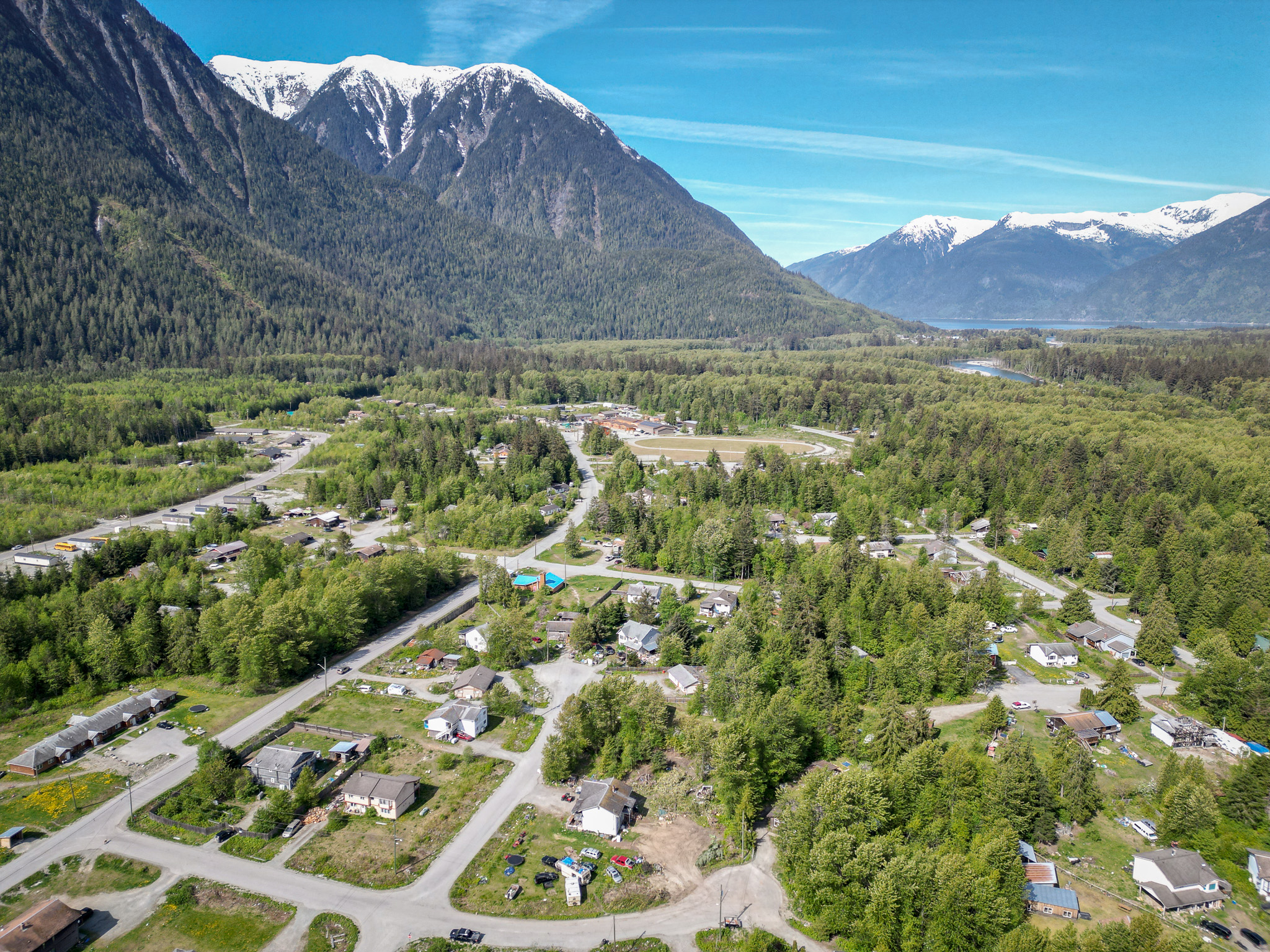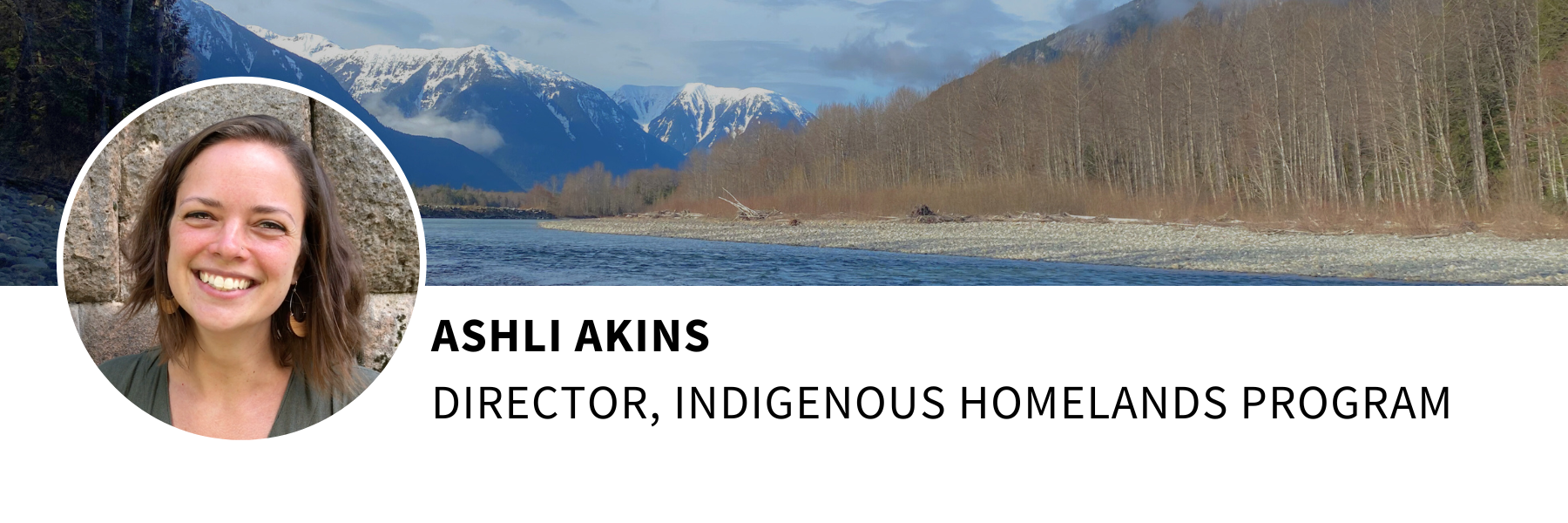A house is more than four walls and a roof. Concepts like having a house, going home, and being housed are deeply imbued with meaning. For some, housing brings up notions of safety, culture, and family. For others, it is riddled with trauma and displacement. It is impossible to disconnect such definitions from emotion and history—emblazoned with class, culture, and race—which is why Ecotrust Canada is redefining “housing” beyond just the physical structure. What we’re really talking about is well-being (spiritual, mental, physical, and emotional), not just for individuals, but for multigenerational families and communities.
The cultural relevance of one’s home is paramount to well-being. Where it is. What it feels, looks, and smells like. Who is in it beside you. How, where, and what you cook when you’re in it. We have heard, for example, the need for more multigenerational living units so grandmothers can remain in their homes in a safe way alongside their grandbabies. We have heard requests for more smokehouses and communal spaces, allowing families to cook meals in ways that align with keeping their cultural practices alive. These are the puzzle pieces that make a house a home.
Housing needs to be integrated with health, education, and cultural services, so that it may be a tool for holistic well-being—an invitation for people to come home, while being supported in their full humanity, in all walks and stages of their lives.
THE CRISIS
For over 25 years, Ecotrust Canada has been working on issues related to housing, land tenure, and supply chains with partner First Nations in rural and remote areas. Despite regional differences, we repeatedly see and hear similar challenges:
Housing managers are overworked and underfunded. More training is needed for local youth in the housing sector. Funding is often only for urgent, short-term needs, and doesn’t always match long-term community priorities. Supplies for building houses in rural and remote communities are expensive and hard to come by. People want to come home but have nowhere safe to live. And the list goes on.
Communities feel isolated not only by geography but by these systemic barriers that are both chronic and urgent. This is not community-specific; we are in a Canada-wide Indigenous housing crisis. A sustained and coordinated approach is long overdue—one led by communities themselves, yet supported by everyone involved in the sector.
Stepping up to this challenge, the McConnell Foundation identified that there was no single, comprehensive overview of who was doing what in the Indigenous housing space, especially when it came to civil society actors. Such a resource could enable a more integrated, coordinated, and participatory response by communities, governments, NGOs, researchers, and funders. To address this gap, Ecotrust Canada’s Indigenous Homelands Program responded to the Foundation’s call to analyze the current landscape of the Indigenous housing sector across Canada, with a goal of laying the groundwork for what could evolve into a more collaborative approach over the long term.

THE PROJECT
“Education is huge,” Richard Hall told us. “We need to educate our children on all things housing.” Hall is a Nuxalk housing specialist and visionary for his Nation’s community-based carpentry program. He was one of the experts we interviewed as part of the 10-month-long Canada-wide project.
The Indigenous Landscape Report focused on civil society actors, exploring questions like: Who are the main players? Where are the current gaps in the sector? And what would a community-led housing ecosystem actually look like? We analyzed and described the current landscape while proposing collective recommendations and observations about how to shift this housing crisis into a housing solution for future generations.
Our research included an extensive grey literature review, pulling from organizational websites, policy reports, and media articles, as well as 10 interviews with Indigenous and non-Indigenous thought-leaders who act as nexuses for specific regions or demographics. We then created a Systems Map, visually depicting how key actors are connected, geographically and demographically, as well as a narrative report, which summarizes our findings, recommendations, and observations. Included at the end of the report is a list of key organizations currently working across the Indigenous housing landscape in Canada.
THE NEXT STEPS
This Indigenous housing crisis didn’t happen by accident. It is the result of systemic racism within policies and ideologies, both past and present, that were not set up by, for, or with Indigenous communities. The deeply rooted traumas associated with housing, or a lack thereof, cannot be ignored and will need substantial collective effort to address and reconcile. All of us—from funders to federal and provincial government agencies, to NGOs and scholars in the field—must play a critical and active role in dismantling and reshaping the Indigenous housing system. Decolonizing the very definitions of housing, along with the way potential solutions are funded, is an important first step in the Indigenous housing reconciliation process. This fundamental change has been asked for, needed, and acknowledged by many for too long.
For example, communities need funding that allows them to plan for the long term and build housing that reflects their own values, needs, and cultural laws.
Right now, many funders and government agencies distribute funding to communities with timelines and expectations that are defined by colonial policies and perspectives. But to truly support reconciliation in Indigenous housing, funders need to trust that Nations know what’s best for their own lands, communities, and territories. This means, at the very least, providing funding without unrealistic conditions. It also means recognizing the important role of adaptation in successful, emergent community-led projects. Some funders, such as the Real Estate Foundation of BC, are reshaping their approach, redefining what “best practices” and decolonial funding relationships could look like.
Importantly, the Landscape Report clarified the need for an interdisciplinary perspective and approach to solving this complex crisis. The current Indigenous housing sector is siloed, with many of us working strictly within our disciplines, regions, and demographics. Unfortunately, constraints on capacity, time, and funding make opportunities for taking a more holistic approach few and far between. This presents both a need and an opportunity to significantly increase the level of dialogue among First Nations leaders, funders, NGOs, government agencies, scholars, and community members working within the Indigenous housing ecosystem.
It’s about supporting a more community-led future of the Indigenous housing sector while providing the resources for shared responsibility and longer-term collaboration. NGOs, funders, and other civil society actors could play facilitator roles in helping to make this cross-sector dialogue happen without it being too much of a burden on any one individual, organization, or sector.
Check out our interview with the McConnell Foundation here, to learn more.


